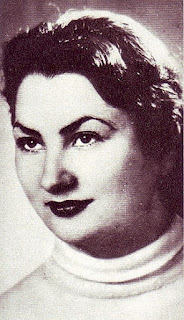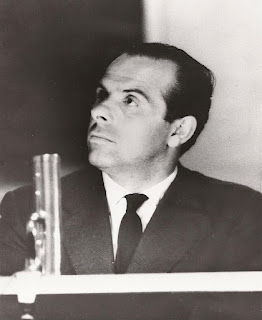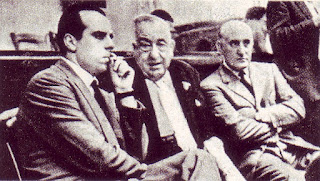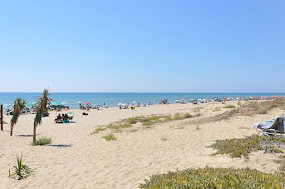Sicilian heroine achieved a change in the attitude towards rape in Italy
 |
| Franca Viola was kept prisoner for eight days |
She became famous throughout Italy in the 1960s for refusing to undergo what was called a matrimonio riparatore - a rehabilitating marriage - to her rapist, which would have enabled her to be accepted in Sicilian society despite having lost her virginity while still unmarried.
Franca was born in the rural town of Alcamo and was the oldest daughter of a farmer and his wife. At the age of 15, Franca became engaged to Filippo Melodia, who was 23 and the nephew of a Mafia member.
After Melodia was arrested for theft, Franca’s father insisted that she broke off the engagement with him and Melodia subsequently went to live in Germany.
Two years later, after Franca had become engaged to another man, Melodia returned to Alcamo and tried to get back into her life. He started stalking her and threatened her father, Bernardo, and her new fiancé.
In the early hours of Boxing Day in 1965, Melodia and a group of about 12 armed men broke into Franca’s family home and kidnapped her. They dragged her into a car after injuring her mother. They also abducted her eight-year-old brother, Mariano, because he refused to let go of his sister.
Mariano was released a few hours later, but Franca was kept prisoner for eight days, during which she was raped many times. Melodia told her that she would now be forced to marry him so that she did not become a dishonoured woman in the eyes of the community, but she still refused him.
 |
| Pope Paul VI with Franca Viola soon after she was married |
Melodia eventually contacted Franca’s father to try to strike a deal with him. He wanted her father to agree to an arrangement that was sometimes made between two Sicilian families after a couple had eloped together.
Franca’s father, Bernardo, pretended to negotiate with him, but all the while he was secretly collaborating with the Carabinieri, who were preparing an operation to rescue his daughter.
After Franca was freed and her kidnappers had been arrested, her father asked her if she wanted to marry Melodia. When she told him she did not want to marry him, her father said he would do everything he could to help her.
By refusing a so-called ‘rehabilitating marriage’, Franca was challenging what was common practice in Sicily at the time. If she remained unmarried, having lost her virginity, she would become ‘una donna svergognata’ - a shameless woman.
At the time, the Italian Penal Code regarded rape as a crime against public morality, rather than as a violent attack on a person. A rehabilitating marriage meant that a rapist’s crime was automatically expunged. |
| Viola pictured during a police interrogation in Sicily |
The resulting trial attracted a lot of media and public attention. Melodia’s lawyers claimed Franca had consented to an elopement, rather than having been kidnapped in violent circumstances.
However, when the trial finished in 1966 Melodia was found guilty and sentenced to 11 years in prison. This sentence was later reduced to ten years, with a two-year period of compulsory residence in Modena imposed upon him. Some of his fellow gang members were acquitted and the rest received brief sentences.
Two years after Melodia was released from prison, he was killed in a Mafia-style execution before he could return to Sicily.
The article of Italian law that stipulated a rapist could vacate his crime by marrying his victim was not abolished until 1981, and sexual violence did not become a crime against the person instead of a crime against public morality in Italy until 1996. This was 30 years after Melodia was found guilty of raping Franca Viola.
In 1968, when Franca was nearly 21, she married Giuseppe Ruisi, an accountant, who she had known and liked since childhood. It is claimed he was threatened and that he had to request a firearms licence after applying for the marriage licence, to protect himself and his bride-to-be from harm.
Italian President Giuseppe Saragat sent the couple a wedding gift and Pope Paul VI received them in a private audience soon after their wedding. They went on to have three children together.
Three films have been made based on Franca’s story and a book about her case was written by Sicilian author Beatrice Monroy. Franca is now 77 years old and still lives in Sicily.
_-_Facciata.jpg) |
| The Basilica di Santa Maria Assunta in Alcamo |
Alcamo, the birthplace of Franca Viola, is a town of almost 45,000 residents in the province of Trapani in Sicily, located about 50km (31 miles) north of the city of Trapani and the same distance from the capital of the island, Palermo. To the north of Alcamo is the Tyrrhenian Sea and to the west, the town of Castellammare del Golfo, a beautiful seaside town that has been used as a location in several films and was also featured in an episode in the Inspector Montalbano television series, entitled A Sense of Touch. Strategically important in both the Roman and Byzantine empires and an important Arab settlement, Alcamo has many historic buildings. These include the restored Castello Conti di Modica, which dates back to the 14th or 15th centuries and now houses a museum, and some good examples of Baroque architecture in the Basilica di Santa Maria Assunta, which contains columns of red marble extracted from Monte Bonifato and frescoes and paintings by the Flemish artist Guglielmo Borremans, and the Chiesa dei Santissimi Paolo e Bartolomeo.
 |
| Trapani, now a popular tourist destination, is notable for its curving harbour |
Trapani is a large city with ancient origins situated on the west coast of Sicily. Its Mediterranean climate of long summers and mild winters along with its nearby airport have made it an attractive destination for tourists. It has some beautiful historic buildings, including the Basilica and Sanctuary of Maria Santissima Annunziata. The city has a big fishing industry and produces its own pesto, a sauce made alla trapanese - using Sicilian almonds instead of pine nuts. The port is notable for a curving harbour, where Peter of Aragon landed in 1282 to begin the Spanish occupation of Sicily. Well-placed strategically to trade with Africa as well as the Italian mainland, Trapani was once the hub of a commercial network that stretched from Carthage in what is now Tunisia to Venice. Nowadays, the port is used by ferries serving Tunisia and the smaller islands, as well as other Italian ports.
Also on this day:
1324: The death of explorer Marco Polo
1878: The death of Victor Emmanuel II, the first King of Italy
1878: Umberto I succeeds Victor Emmanuel II
1944: The birth of architect Massimiliano Fuksas
2004: The death of political philosopher Norberto Bobbio







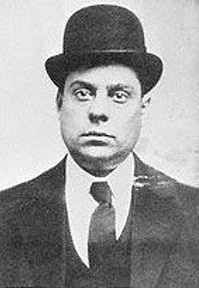
.jpg)
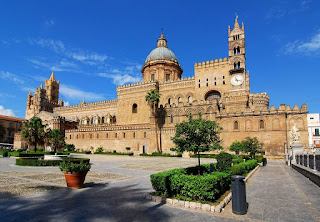
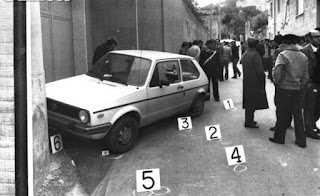

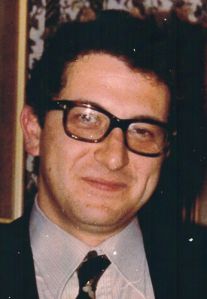

.jpg)

.jpg)


.jpg)
.jpg)



.jpg)
.png)

.jpg)

